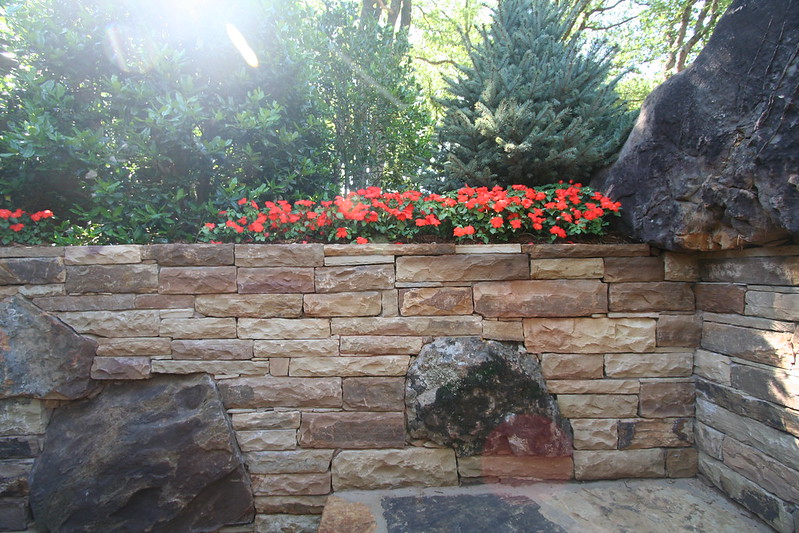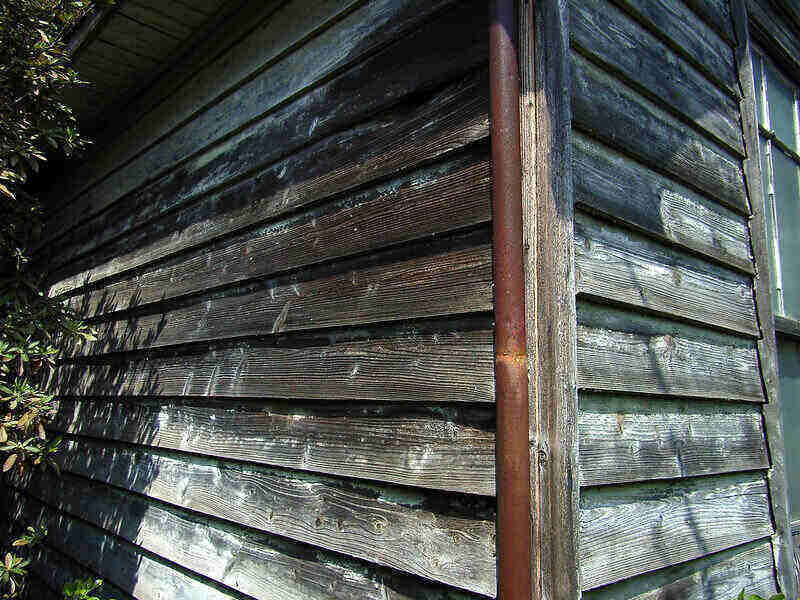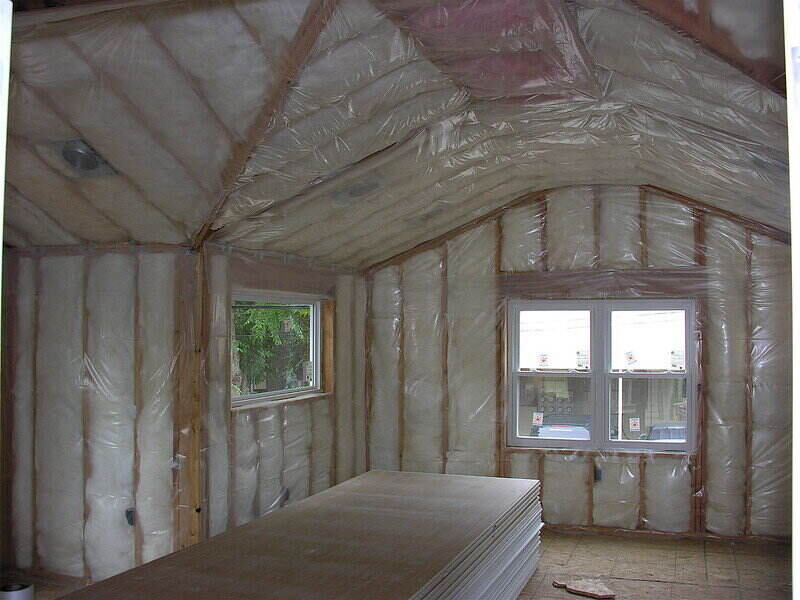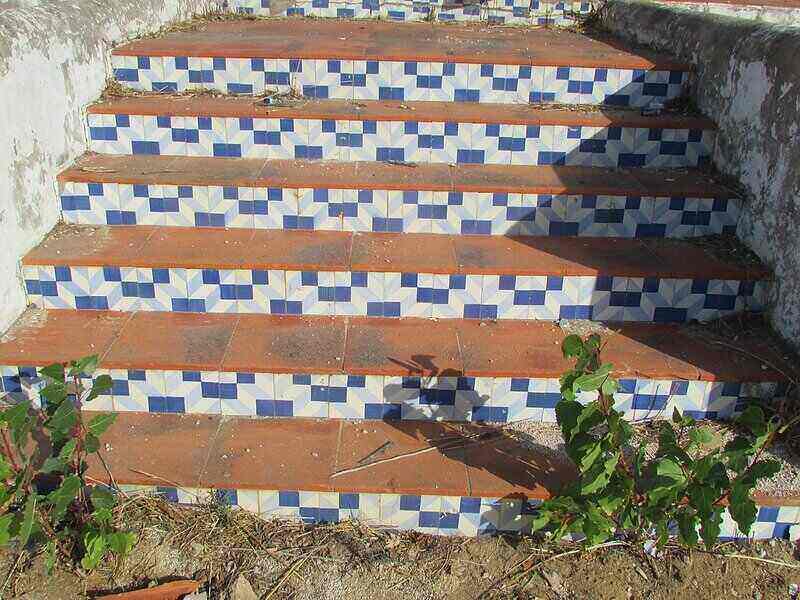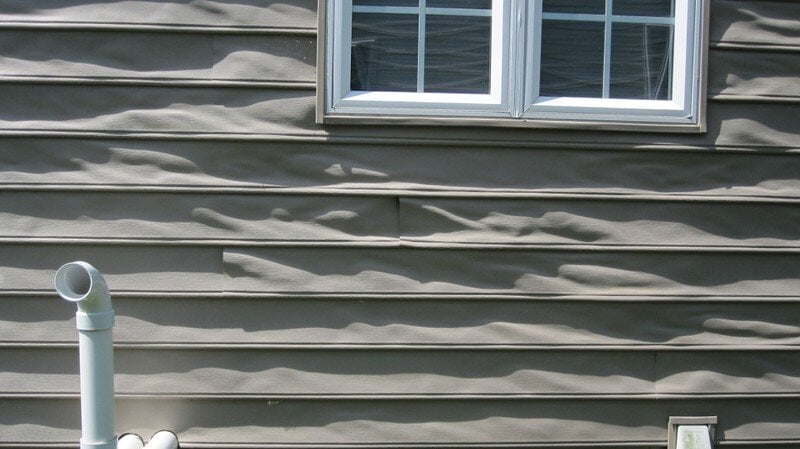To have a specialist install a new septic tank on your property, you’ll likely pay between $3,138 and $8,518, for a national average of $5,828. The size of your home, the location of the tank, and the type of septic system your property needs will all affect the total cost of the project.
While you might be tempted to install a septic tank yourself to save some money, don’t risk it. Installing and maintaining a septic tank is best left to the pros. Why? The work requires a lot of specific technical knowledge, and screwing up the installation could cause major problems for your home or even your health.
How much does a septic tank cost?
- National average cost: $5,828
- Typical price range: $3,138 to $8,518
- Extreme low end: $1,013
- Extreme high end: $18,163
There are several different types of septic systems available for properties of different shapes and sizes, so the cost of installation varies significantly. In general, most homeowners pay around $3,138 to $8,518.
However, a larger tank or more complicated system could result in a high-end cost of around $18,163. A septic tank for a particularly small home might cost as little as $1,013.
Septic Tank Key Terms
Before you learn more about the specific cost factors of a septic system, there are some technical terms you’ll need to know. Let’s go over some of the parts of a septic system and what they each do, along with some general terms related to the process.
- Aerobic: describes a process that uses oxygen
- Anaerobic: describes a process that does not use oxygen
- Dose/pump tank: an additional tank used in some types of septic systems that houses a pump to move the wastewater uphill or release it in small timed doses after it moves through the septic tank itself
- Effluent: the liquid waste that exits the septic system through the drain field
- Leach field: aka drain field; aka leach drain; underground trenches and/or pipes that distribute the effluent back into the ground after it filters through the septic tank
- Scum layer: substances lighter than water (such as oil, grease, fat, soap, or paper) that float to the top of the water in your septic tank, forming a layer that acts as a sort of lid to keep air out so the anaerobic bacteria that break down the waste can thrive
- Septic riser: a concrete or plastic pipe that runs from the top of the septic tank to the surface level, providing easier access for maintenance purposes
- Tank baffle: located where the pipes enter (inlet baffle) and exit (outlet baffle) the septic tank to help wastewater flow into the tank correctly and prevent solids from getting into the leach field
- Tank filter: aka effluent filter; aka effluent screen; aka outlet filter; works with the outlet baffle to keep solids out of the leach field when the wastewater exits the septic tank
- Tank lid: the detachable lid of the septic tank itself, commonly made from metal or concrete
- Tank pump: a water pump located in the final chamber of the septic tank itself or in a separate dose/pump tank which uses a spinning impeller to push wastewater into the pipes of the leach field
- Water table: an underground boundary between the surface soil, which contains oxygen, and the saturated zone farther underground, where groundwater fills all empty spaces and leaves no room for oxygen; the size and shape of the water table fluctuates with the lay of the land
Cost Estimator by Home Size
When figuring out a proper budget for installing your new septic tank, one of the first things you’ll need to know is how big of a tank your home requires. The size of your tank will depend on the size of your home, since larger houses usually have more sinks, toilets, bathtubs, and other sources of wastewater that will end up in the septic tank.
Use the number of bedrooms in your house to estimate the approximate volume of your septic tank in gallons. A one-bedroom house, for example, will need only about a 500-gallon tank, which would cost $713 on average (not including labor costs).
A house with five or six bedrooms, on the other hand, would need a much larger 1,500-gallon tank costing about $2,250 (again, for only the tank itself).
| HOME SIZE | RECOMMENDED TANK SIZE * in gallons | AVERAGE COST OF TANK |
| 1 bedroom | 500 | $713 |
| 2 bedrooms | 750 | $1,075 |
| 3 bedrooms | 1,000 | $1,400 |
| 4 bedrooms | 1,250 | $1,850 |
| 5 – 6 bedrooms | 1,500 | $2,250 |
Other Factors That Affect Cost
Septic tank size is only the first piece of the puzzle. You also have to factor into your project budget the cost of professional labor and the price of the type of septic system, building permits, and other additional costs.
We’ll break down each cost factor to give you an accurate picture of how much you can expect to pay for your septic tank project.
Labor costs
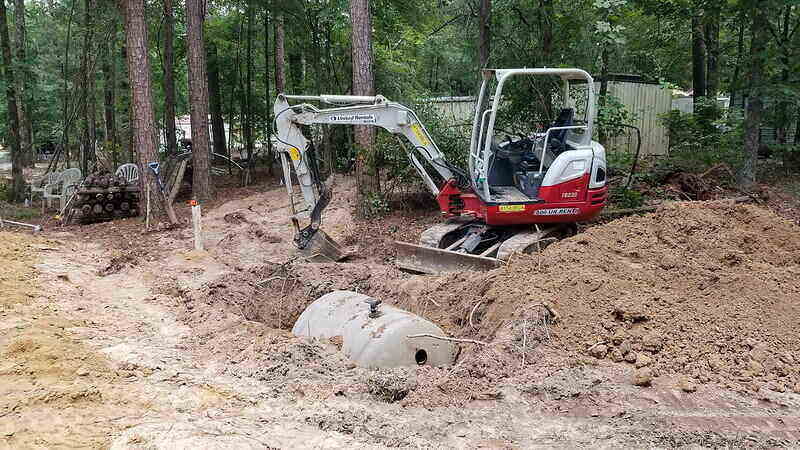
Installing a new septic system takes a lot of work, including planning, excavation, and hooking up plumbing pipes. As a result, professional labor costs are often the most expensive part of the project.
The cost to pay a plumber or other specialist for this job typically ranges from $1,500 to $4,000 depending on the size of the tank and the complexity of the system (in other words, how much work there is to do).
Anaerobic vs. aerobic septic system
Of the two basic types of septic systems, an anaerobic one is the simpler and therefore cheaper option.
In an anaerobic system, a pipe runs from your house to your septic tank, then another pipe runs from the tank to the leach field in several branches. An anaerobic septic tank breaks down waste with bacteria that don’t need oxygen to live, which is where it gets the title “anaerobic.”
Though anaerobic systems are more affordable, they sometimes aren’t an option for smaller properties since they require a large drain field. The added size makes up for the fact that these don’t clean wastewater as efficiently as aerobic septic systems.
If you still think an anaerobic system is right for your home, expect to pay about $2,500 to $6,000 for installation, including materials and labor.
An aerobic septic system is more complex and involves more moving parts, so naturally installation costs significantly more.
Along with the septic tank and related pipes, you’ll need an aerator and an electrical hookup. For certain types of aerobic systems, you may also need a pump tank, aka dose tank.
As the name “aerobic” implies, these systems use an aeration process and oxygen-feeding bacteria in breaking down waste. They work more efficiently than their anaerobic counterparts and use smaller drain fields as a result, so they might be the better choice for small properties.
Aerobic systems run for around $10,200 to $18,300, a steep price that will likely lead many homeowners to go with an anaerobic system instead.
| TYPE OF SYSTEM | AVERAGE INSTALLATION COST * includes materials and labor |
| Anaerobic | $2,500 – $6,000 |
| Aerobic | $10,200 – $18,300 |
Alternative septic system setup
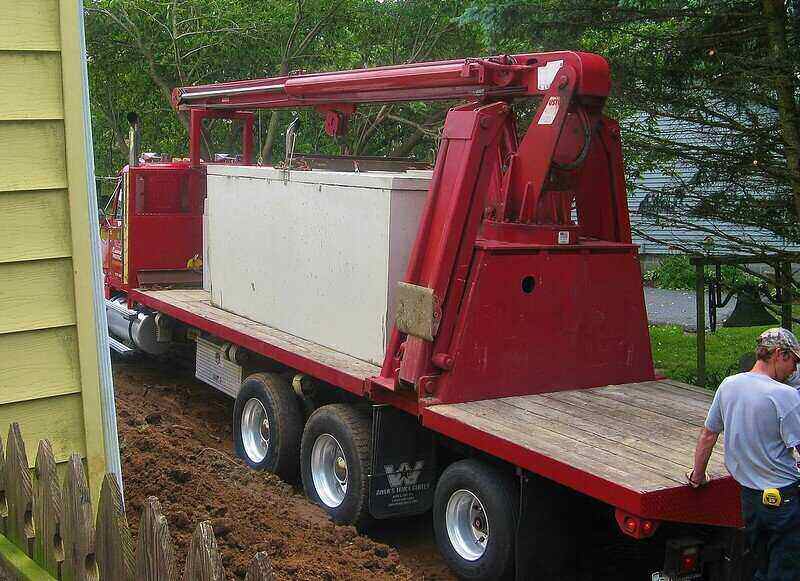
Some property conditions require a specialized setup for your septic system. For instance, a simple septic tank with pipes might not work for your home if the yard has a high water table, poor-draining soil, or a high bedrock layer.
Your septic system’s setup will drastically affect the cost because some are extremely expensive while others are more affordable.
Some of the most common types of alternative septic system include:
- Chambered septic system: In a chambered system, perforated chambers around the pipes eliminate the need for gravel in the drain field. These systems are easy to install but less durable than some others. They also have a smaller carbon footprint and cost less than other alternative systems.
- Pressure distribution septic system: A pressure distribution system might be right for you if your property has a high water table. You can install this type of system within 2 feet of the water table because it uses pumps to move effluent to the leach field quicker than gravity by itself can. The faster distribution gives the wastewater more time to process (and get clean) before reaching the water table.
- Drip septic system: Much like drip irrigation for a garden, a drip septic system uses a dose tank and drip tubing to release effluent into the drain field in small, timed doses. They cost more because of all the necessary parts and the need for an electricity hookup, but they’re perfect for yards with shallow soil.
- Sand filter septic system: The sand filter system is mostly self-explanatory: It uses a sand filter to cleanse the wastewater further before releasing it back into the ground. This type of system is sometimes called “recirculating” because a pump pushes effluent through the sand filter and back into the pump tank, which then pushes it through to the drain field.
- Built wetland septic system: The most eco-conscious homeowners might consider springing for a built wetland (aka constructed wetland) system. Mimicking nature, this type of system cleanses wastewater with microbes, bacteria, and plants that thrive in naturally occurring wetlands. In turn, the waste supports the plants and microorganisms. This system is expensive to install, especially if you use it with an aerobic tank.
- Evapotranspiration septic system: An evapotranspiration system is one of the most expensive options, and it only works in dry climates. Too much rain or snow will overload the system, and it won’t function properly. In evapotranspiration, the wastewater doesn’t enter the soil at all. Instead, it evaporates from an open-air tank.
- Mound septic system: A mound system costs more than all the other options, but it’s often necessary for properties with a high water table, shallow soil, or high bedrock. The water doesn’t disperse into the ground or evaporate into the air in a mound system. A pump tank pushes effluent up into an elevated mound of sand above ground that acts as the drain field. Mound systems cost so much to install because they require additional moving parts and the materials for building the mound itself.
| TYPE OF SEPTIC SYSTEM | AVERAGE INSTALLATION COST * includes materials and labor |
| Chambered | $3,500 – $8,500 |
| Pressure distribution | $6,000 – $8,500 |
| Drip | $6,000 – $14,000 |
| Sand filter | $6,500 – $14,000 |
| Built wetland | $7,000 – $12,500 |
| Evapotranspiration | $10,000 – $15,000 |
| Mound | $10,000 – $20,000 |
Septic tank material
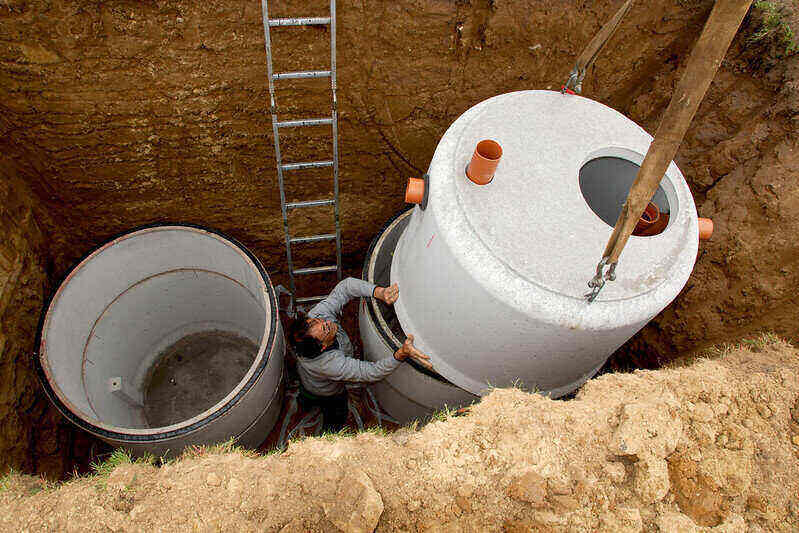
Aside from the type of system, you’ll also have to choose the material of your septic tank. Each option has advantages and disadvantages, as well as its own price range. We’ll cover each one so you can figure out which is best for your needs and your budget.
The most common materials for septic tanks in the U.S. are:
- Plastic: Because plastic is lighter and easier to install than other septic tank materials, it also tends to be the cheapest. Plastic septic tanks don’t often crack (like concrete) or rust (like steel). They tend to be pretty durable, but they can sometimes break under a lot of pressure, so beware.
- Concrete: Concrete septic tanks are probably the most popular option in the U.S. They can last decades but need regular inspections and maintenance from a professional to prevent substantial cracking and other issues. Concrete tanks often require specialized equipment for installation because they’re so heavy, which makes the costs higher.
- Fiberglass: A fiberglass septic tank would be the most expensive option. Much like their more affordable plastic counterparts, fiberglass tanks are lightweight and easy to install. They aren’t susceptible to the expanding and contracting of concrete tanks that often causes cracking, either. Fiberglass won’t deteriorate underground, and it won’t grow algae because of its nonporous surface.
- Steel: Steel septic tanks are a thing of the past. Steel will rust or corrode, and your septic tank will cave in. You might find a steel tank in an existing system, but you likely won’t have the option to have a new one installed (nor would you want to).
| SEPTIC TANK MATERIAL | AVERAGE COST OF TANKS |
| Plastic | $665 – $1,900 |
| Concrete | $740 – $1,800 |
| Fiberglass | $1,400 – $2,000 |
Leach field installation
As you’ve probably already gathered, a septic tank on its own won’t do you much good. What you need is a complete septic system, which includes a leach field.
Here’s why: A properly functioning leach field is necessary to disperse the wastewater back into the soil and prevent your septic tank from overfilling.
You could pay anywhere from $3,250 to $15,300 for a new leach field alone. The cost varies depending on the size of the field and the type of system you’re using.
A leach field for a conventional, gravity-based septic system will be the cheapest. For the relative cost of leach fields for alternative types of systems, see the “Alternative Septic System Setup” section.
Pump alarm cost
A pump alarm is an optional accessory to your septic system. Its purpose is to alert you if the water in your septic tank gets too high or too low or if the pump stops working. That way, you can call a plumber ASAP and resolve the issue before it develops into major damage.
Consult with your septic tank installer to find out if a pump alarm would be a good idea for your system. Installing a pump alarm would add about $475 on average to your project.
Septic riser cost
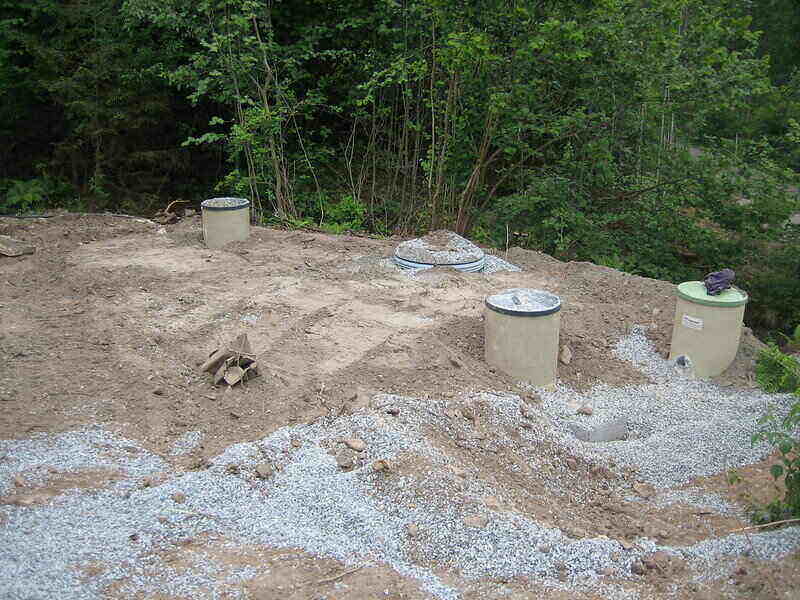
A septic riser is another optional — and extremely helpful — piece of a septic system. Installing a septic riser with your tank costs about $300 to $600 extra, but it will most likely save you money in the long run.
Septic risers are so named because they raise your septic tank’s access point to the surface level, making necessary regular maintenance much easier for the pros and cheaper for you.
Septic tank cost for a mobile home
If you own a mobile home, you will likely pay less for a septic system than a stationary homeowner.
Check local building codes (or simply ask your installer) for regulations on the type of system you can use and how it should be set up. The typical price range of a septic tank for a mobile home is $3,150 to $5,000.
Permits
Depending on laws where you live, you may need a building permit (or even multiple building permits) to install a new septic system. Find out about any necessary permits upfront so you don’t have large surprise fees later. Building permits could add anywhere from $350 to $1,650 to your total costs.
Extra Services
Now you should have a detailed estimate of how much you would pay for a new septic tank or whole new septic system for your home. But don’t stop there. If you want to know how much you’ll really spend on this project, there are some related services you’ll need to take into account.
For one, you may need to prepare your property in some way before it’s ready for the installation of your septic tank. For another, you’ll definitely spend more money over the years maintaining your septic tank with regular pumping and cleaning and the occasional part replacement.
Part replacements
If you have a problem with your septic system somewhere down the line, don’t panic. Most of the time, replacing a single part will solve your issue quickly and easily. You likely won’t have to replace the whole system or the tank itself for a few decades.
Keep in mind, even though replacing a small part might seem easy, it’s still a good idea to hire a professional. As with installation, even a minor error can cause major problems that could be expensive to reverse.
| PART OF SEPTIC SYSTEM | AVERAGE COST TO REPLACE *includes materials and labor |
| Tank lid | $45 – $112 |
| Baffle(s) | $23 – $500 |
| Filter | $230 – $280 |
| Riser | $300 – $600 |
| Pump | $620 – $1,300 |
| Leach field | $3,375 – $12,000 |
Regular maintenance
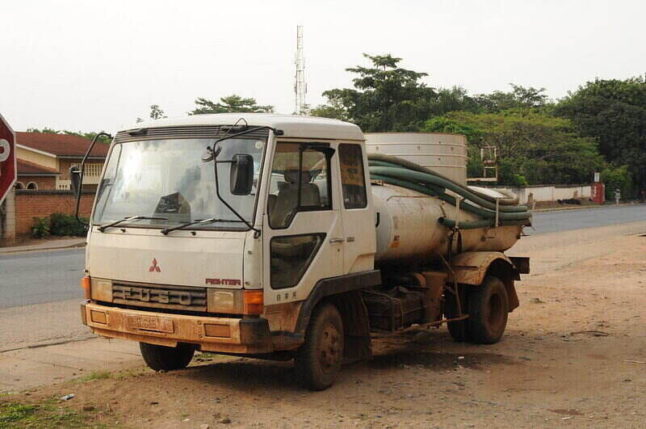
For your septic system to perform to the best of its abilities for as long as possible, the tank will need regular pumping and cleaning. Experts recommend hiring a plumber (or other specialist) about every three to five years to pump your septic tank. On national average, you can expect to pay a pro $294 to $563 for pumping and cleaning. This preventative expense is much less than you would spend repairing a malfunctioning septic system.
Percolation test cost
Before you install your septic system, you’ll need to get a percolation test from a qualified engineer to figure out the type of soil your installer will be dealing with and the height of the layers in the ground (water table, bedrock, etc). The results of the perc test will determine which type of system would be best for your property.
Your septic tank installer might be able to conduct the perc test for you, or you may need to hire a separate professional. Either way, expect to pay between $670 and $1,430 for the test.
Land clearing cost
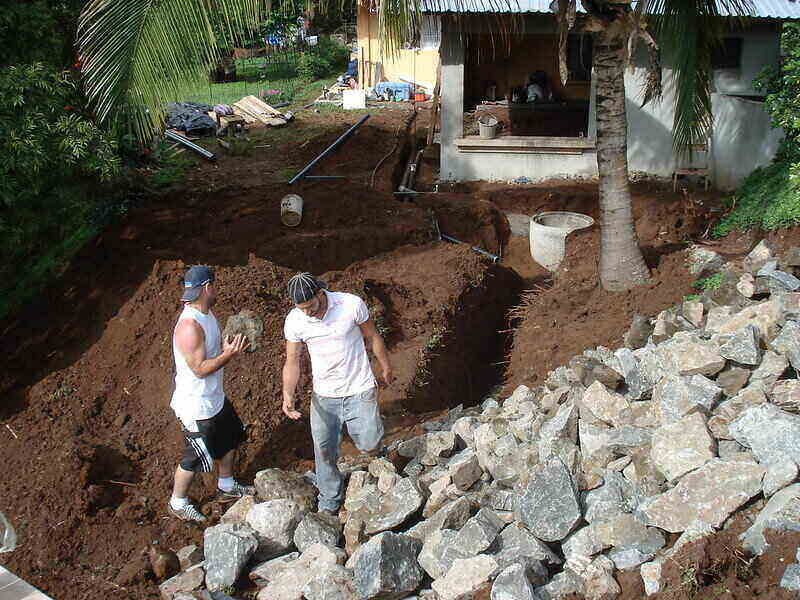
Especially on a new construction site, you may need to remove obstacles such as trees and bushes before the installers can break ground on your septic tank project. This job involves excavation and requires a lot of open space, so you may need quite a few obstructions removed.
More often than not, you’ll need to hire a separate land clearing company to prep the area for your septic tank installation. Clearing a large space usually costs between $1,210 and $4,820.
Landscaping costs
It’s safe to assume that you won’t be happy with the appearance of your yard once your septic system is complete (unless you’re a fan of barren dirt lots). So, after installation, you may want to hire a professional landscaper to cover the site with more aesthetically appealing scenery.
Landscaping costs are highly subjective because the umbrella term “landscaping” covers so many different services. For example, installing a new flagstone walkway will cost a lot more than planting a few bushes. In general, you can expect to spend $5 to $24 per square foot for professional landscaping, depending on the complexity of the landscape design.
Cost of Septic Tank Installation by Location
Conditions in your specific area such as terrain, climate, and soil type will determine the type of septic system you should use and therefore will affect the overall cost of the project. Consult a local pro to determine the best type of septic system for your area and the average cost.
Labor costs vary by location, too. A homeowner in a metropolitan area will likely pay much more for a new septic system than one in a rural area. We’ve estimated the national average cost of labor, but the price you actually pay could be significantly lower or higher. Get at least three estimates from local pros for your septic tank project — or any home improvement project — to give you a good idea of labor costs in your area.
FAQ About Septic Tanks
Short answer: No. While it is technically possible for you to install your own septic tank, the odds are very high that you’ll make a mistake that will cause you much more grief (and cost you much more money) than working with a professional in the first place.
Installing a septic tank requires specialized technical knowledge you can’t gain from a DIY YouTube video. Messing up this project could cause water pollution, drive up your home insurance premiums, and make your home much harder to sell. In some places, it may even be illegal for someone without the proper license to install a septic system.
Different types of septic systems work in different specific ways, as we’ve already covered. But these are the basics.
Waste from your home (anything that goes down the drain of toilets, sinks, showers, etc.) flows into the septic tank. In the tank, waste separates into three layers: the scum layer on top, liquid waste in the middle, and solid waste sinking to the bottom.
Either aerobic or anaerobic bacteria break down the solid waste, which stays in the tank. Liquid waste goes through the filter before moving on to the leach field, which distributes the water into the ground in most systems.
There are a few signs to look for that will tell you it’s time for a new septic system, or at least a repair. Signs include:
— Standing water in the yard
— Sewage smells
— Showers, sinks, etc., in the home draining slowly
— Water and/or sewage backing up in toilets, showers, sinks, etc.
Conclusion
A new septic tank or septic system, either for new construction or an existing property, will always cost at least a few thousand dollars. The national average cost of professional installation is about $5,828, with a typical range of $3,138 to $8,518.
The overall cost of the project depends on the type of septic system you use, the size of your home, and any additional services you may need to complete the installation. Though the typical price range is a good set of guidelines, keep in mind that you could end up paying as little as $1,013 or as much as $18,163.
Most importantly: DON’T attempt to install your own septic tank unless you’re a professional plumber or other specialist experienced with septic systems. No matter how handy you are, no matter how much money you think you’ll save, the risk of DIY in this case isn’t worth it.
Main Photo Credit: Andy Rogers / Flickr / CC BY-SA 2.0
